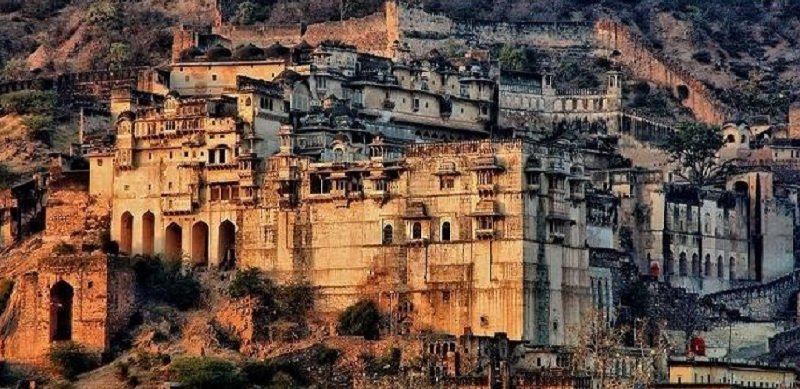In antiquated occasions, the zone around Bundi was obviously possessed by different neighborhood clans, of which the Parihar Meenas were unmistakable. Bundi and the eponymous royal state are said to get their names from a previous Meena boss called Raja Bunda Singh Meena.[citation needed] Bundi was recently called “Bunda-Ka-Nal”, Nal signifying “slender ways”. Bundi is arranged in a tight valley inside the Aravalli Slopes in Rajasthan. Later the district was administered by Rao Deva Hada, who assumed control of Bundi from Jaita Meena in 1342, renaming the encompassing zone as Haravati or Hatori. For the following two centuries, the Hadas of Bundi were the vassals of the Sisodias of Mewar and managed by the title of Rao until 1569, when Akbar presented the title of Rao Raja upon Rao Surjan after the surrender of Ranthambore Post and his accommodation. In 1707, Bahadur Shah I presented the title of Maharao Raja upon Raja Budh Singh. South-east District of Rajasthan is known as Hadoti, – the place where there is the Hadas. Hada Rajputs are a noteworthy part of the Chauhan Agnikula (fire administration) Rajputs. They had settled in the sloping territory of Mewar, at Bambara, close Bijolian in the 12C. Bundi was vanquished in 1241 by Rao Deva Singh from the Meena clan. This was the initial phase in the foundation of Havarti when the Hadas moved down from the ‘Pathar’ around Bambara. Bundi takes its name from the Bando Naal or the limited entry, between the rough slopes. The town of Bundi is settled in the parted of the Aravali slopes and has a unique medieval flavor very immaculate by time. Ruler Jait Singh of Bundi caught Kota in 1264, and Kota turned into a piece of Bundi as the Jaghir (land concede) of the oldest sovereign of Bundi. Kota turned into a different state in 1624. The province of Jhalawar was framed in 1838 out of the Kota domain.
